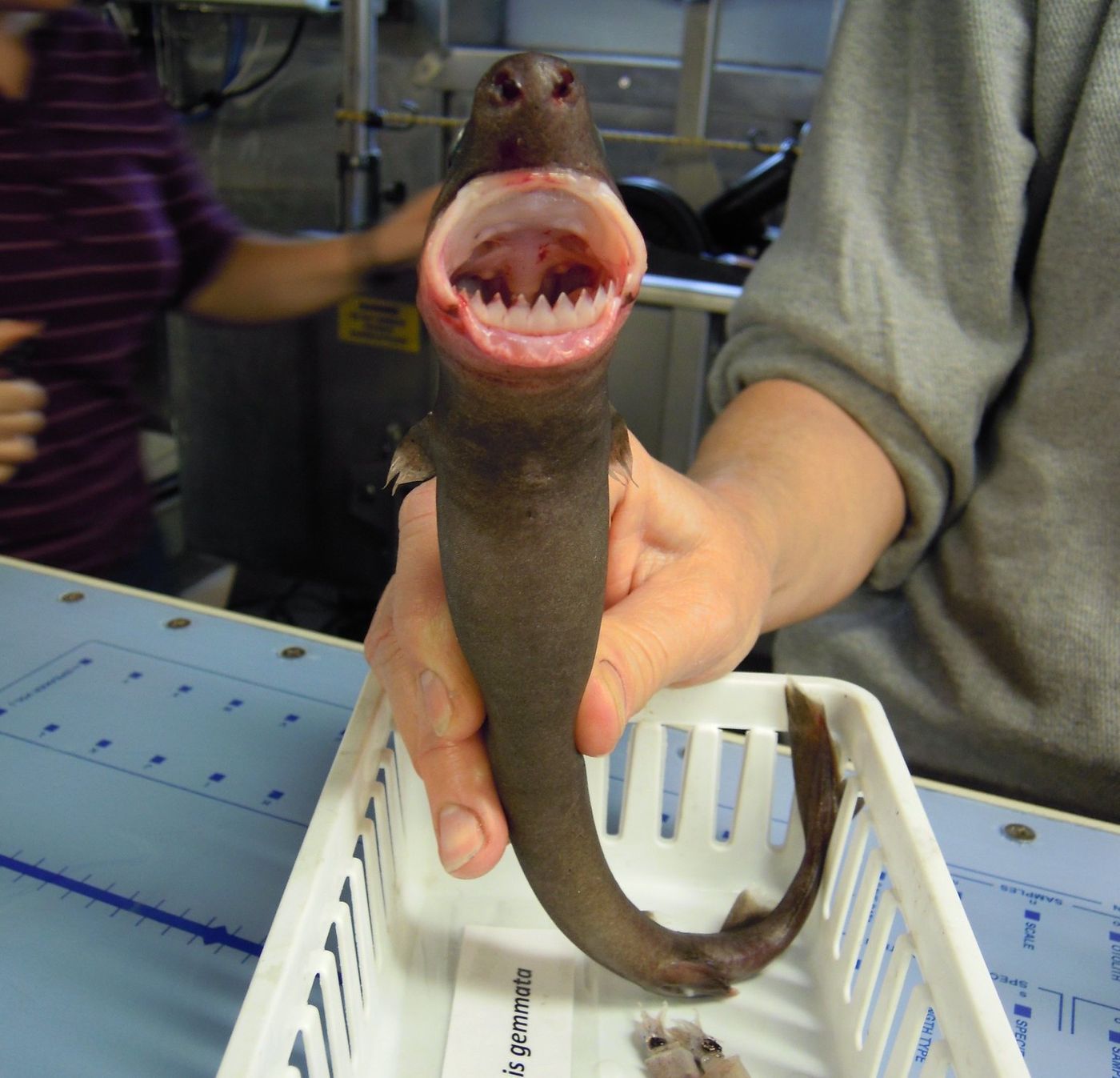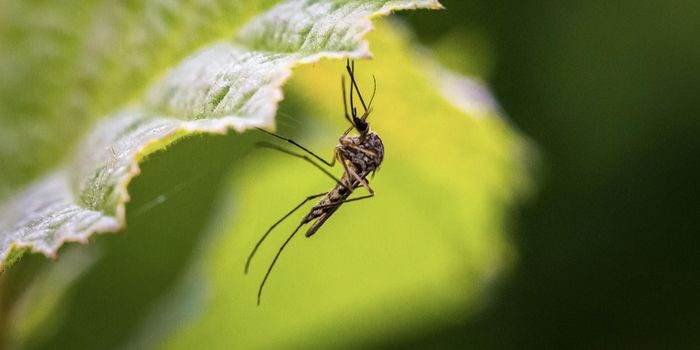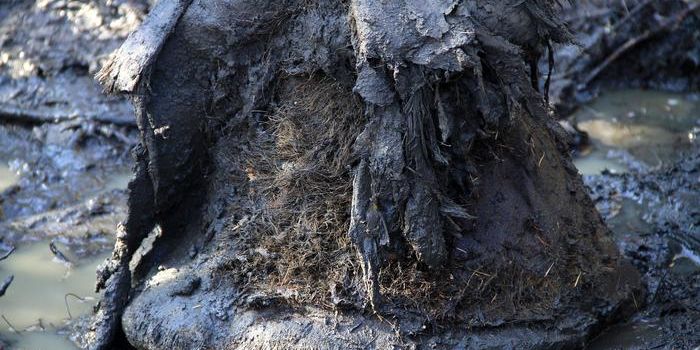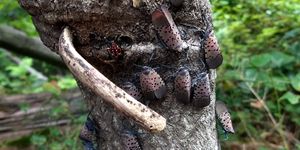Unusual Cookiecutter Sharks Will Pursue Meals of Any Size
For many years, researchers took notice of weirdly shaped bite marks in marine animals like dolphins, whales, sea turtles, white sharks, or people. Even the rubber-coated sensors of some submarines and underwater cables had been bitten in this odd way. The bites looked like they'd been made with a circular cookie cutter. Scientists eventually found the animal that was responsible: Isistius brasiliensis, the cookiecutter shark. These sharks live in tropical and subtropical oceans around the world, but they live in deep waters so we don't know much about them.
It had been assumed that cookiecutter sharks (also known as cigar sharks) lived in the deep ocean during the day, and would swim up to feed on animals at night. Researchers could only try to learn more about their habits by studying their bites or the contents of their stomachs, which were usually empty. Scientists have now completed a study about the eating habits of these unusual looking creatures. The work, published in Scientific Reports, suggested that the sharks might try to supplement their diet by gnawing on anything they can latch onto in upper parts of the ocean, but they typically consume small animals that live in the depths, like squid, little fish, and crustaceans.
So while biologists assumed that cookiecutter sharks preferred bigger animals, this research has found that the bite marks found on whales and other large creatures are probably not indicative of their primary food source, and only make up a small part of their diet.
Study leader Aaron Carlisle, an assistant professor at the University of Delaware College of Earth, Ocean and Environment said that it's unusual for a creature to consume animals at both the top and bottom of the food chain.
“These animals occupy a unique ecological role in the world’s oceans,” said Carlisle. “They feed on everything from the biggest, toughest apex predators like white sharks, orcas, everything you can imagine, down to the smallest little critters. There’s not very many animals that do something quite like this.”
This work utilized several approaches, including an analysis of environmental DNA and fatty acids in the sharks. Animals shed cells in nature, and those cells contain DNA. So researchers can sample the environment, such as by swabbing water, or collecting air filters, and analyze all the DNA in the sample. In this study, the researchers did that with cookiecutter shark stomachs. The environmental DNA helped reveal what might have passed through them. Several prey species were revealed, including some that were previously unknown.
The researchers are hopeful that the general public will start to learn more about cookiecutter sharks.
Sources: University of Delaware. Scientific Reports









